Decoding the subtle difference between love and attachment in relationships.
Joining with another person is a natural human urge. We are drawn to share emotional and physical intimacy, to laugh and cry, have families, and build lives with people who know us inside and out.
The greatest human ideal is unconditional love, freely given and received. But many of us fall short of that ideal in the very area we would think would be perfect for it. It is a sad irony that our loving relationships are often the places where we are most selfish and bound.
Historically, humans had to form permanent family bonds for survival. People were usually joined by their parents or the local matchmakers in arranged marriages that would unite territories and provide for the continuation of the clan. Relationships were primarily political contracts and survival measures.

Today, we are blessed with freedom of choice. No longer do most people have to spend our lives in pre-arranged relationships. We can come together by choice as an expression of love, and consciously create healthy and empowering couples.
And most of us have the power to transmute unhealthy relationship dynamics or to move on when our relationships are no longer mutually beneficial. And yet countless couples stay together when they have no real connection. They let convenience, complacency, and fear keep them from honoring their truths and really showing up in love and steadily devolve into relationships that are fed only by attachment and habit.
How do we discern the difference between true love and emotional addiction? And if the love is real and worth fighting for, how do we release attachment and create healthy and liberated loving relationships?
Understanding Attachment
First, let’s explore how we end up needing people more than we love them. At its core, attachment is a necessary natural function that supports the continuation of the species. A healthy degree of attachment ensures that children stay near their parents until they are old enough to take care of themselves.
Healthy attachment helps couples stay together after the “falling in love” hormones wear off, and through the inevitable challenges that come with letting someone into your heart and life. Healthy attachment ensures that couples do the work necessary to navigate through conflicts and differences.
This type of attachment is the heart of commitment and is similar to the dedication that gets people to drink water instead of coffee or get on their yoga mats instead of plopping down to watch TV. This attachment is ultimately a liberating force, it ensures that we do what is right for us even if it is inconvenient or challenges our laziness.
But when attachment becomes a dependency, it is no longer healthy. When people believe that they need other people or things to be happy, they are in danger of unhealthy attachment.
Unhealthy attachment is a form of displacement and delusion. We come to believe that the source of our health and happiness is outside of ourselves. Then our identities and senses of self, our ability to feel pleasure, happiness, and other positive emotions become dependent on the words and actions of something outside of ourselves. When we believe that a person must remain in our lives or a situation must remain as it is for us to be happy and stable, regardless of whether the situation is actually healthy for us, then we are unhealthily attached.
An unhealthy attachment is a form of disconnection from self. We become so wrapped up in other people or things that we lose our connection to our own centers. A form of distortion clouds our perception, and we believe that our joy and essence stems from that external source – that someone can “make” us feel a certain way, and can take that feeling away. When we are attached, we give away our agency, our power, and our freedom.
You can tell you are probably attached when the idea of a relationship or situation ending makes you very uncomfortable and triggers primal fear. This is not the normal sadness that can happen when we imagine any good thing ending.
Rather, attachment triggers irrational terror on a subtle level at the thought of the object of attachment leaving one’s life, which is related to the fight-or-flight sympathetic nervous system activation that happens whenever we perceive potential danger.
This type of attachment and fear of loss can trigger all manner of unhealthy emotional states, including depression, anger, chronic stress, terror, jealousy, and vengeance. It can cause us to do terrible things, from speaking cruel words because we feel hurt to martyring ourselves trying to make our partners stay with us. It is beyond logic, beyond sanity, and requires both vigilance and kindness to transform.
Seeing When It’s Not Love
Discovering and living inside of the difference between love and need requires great self-awareness and surrender. Because loving relationships expose our deepest vulnerabilities, they are the places that we are most likely to fall into unconscious patterns.
If we are not vigilant with our personal growth work, our relationships become the field for our wounds, triggers, and subconscious motivations to play themselves out.
This is how married couples can end up reaching a place where insults and provocations are the only words they exchange, where “I need you to do or be something to feel safe and loved, and I am disappointed because you are not that” becomes the subtext to every conversation. This is a kind of falling asleep, a way that we disengage from our partners and our own personal growth, and let the subconscious run the show.
Another aspect of relationships based only on attachment is the fear of evolution. In healthy relationships based on mutual respect and appreciation, we celebrate each other’s growth.
We understand that healthy human beings evolve over time, and the people our partners were when we met may not be who they are ten years down the road. There may some grieving and adjustment within this shifting, but not clinging. When we are healthy in our relating, we recognize that surprise, change, and loss are part of what we sign up for when we come together.
Staying in a relationship that has lost its heart is soul-killing. Attempting to limit our partners’ evolution is a disservice to those people, and to ourselves.
Fear of what might happen if a relationship ends is an incredibly disempowering and mutually dishonoring reason to stay together.
If you are unable to allow and encourage your partner’s evolution, you are probably attached. If you cannot imagine your relationship, your partner, or even you changing without serious distress and discomfort, you may be creating a prison instead of a partnership.
Learning How to Really Love
The mystical poet Rumi famously stated that our goal is not to seek for love, but rather to seek and find all the barriers within ourselves that block love. He understood, as modern people in healthy relationships come to understand over time, that love is not something we can make, take, or find.
Love is a force that moves through all of us, some would say it is the life force itself. Attachment is one of those barriers to love. It is a profound irony that our very seeking for love if we become attached to the form in which love appears, maybe what keeps us from giving and living it.
Love is a state of being that exists independently of other people. Our partners may inspire love within us, but they are just the doorways. They are the mirrors that let us see the love within ourselves.
No other person can make us feel loved, we allow love to flow when in the presence of people that inspire us and open to us. Love is allowed to flow through connection, vulnerability, trust, affection, attention, appreciation, and showing up for each other. And just as other people cannot make us love, so they cannot not take our ability to feel love away.
The healthiest couples are those where each partner celebrates the autonomy and freedom of the other, within the container they continuously choose to keep creating together.
First, you will need to explore and notice the ways you may be living in attachment and fear. Awareness is always the beginning of healing. Then learn to hold those scared parts of yourself tenderly, as you release the fear by recognizing and acknowledging it. Then begin to make new choices, every time you are triggered.
Transformation is a serious of small choices. Choose to love yourself enough that you do not need to seek external validation to feel love. Choose to cultivate your own worthiness and fullness, one breath at a time. Explore the multitude of self-love practices available on this website and in many other places. Then you can bring that loving fullness to your relationship.
To experience freedom within your relationship, shift from focusing on what you are receiving to what you are giving. Just as gratitude is the path to abundance, so selfless giving is the way to feel true love. If love is a force that moves through us, then giving it to another person is one of the ways that we experience it ourselves.
Unconditional loving is just that, offering love without the condition that it be received or returned in any particular way.
True love is not currency. We cannot buy someone’s time, affection, or return of love. We cannot purchase a healthy relationship or the guarantee that someone will stay with us without ever-changing. True love is a gift that enriches us in the giving but comes with no other certainty.
Imagine that you have a beautiful flower in your yard. Your favorite kind of flower. It blooms in a gorgeous display of color and sensuality. A part of you feels vibrant and inspired just looking at that flower, and you are so glad it exists.
And then, in the course of nature, the flower dies. You may feel sadness, and a bit of loss, which is natural when something beautiful leaves your life. But then life goes on, and you appreciate beauty in other flowers, in other seasons.
If you were to demand that flower live forever without changing, or believe that you will never experience beauty again after that one flower died, that would be an unhealthy attachment.
But if you can appreciate the flower fully while it is alive and then let it go, feeling the love with all your heart but knowing that love does not belong to the flower, and then move on when it has died, you will know unconditional loving.
Learn to love everyone like that.
You may also like:
Are You In Love? 6 Signs of Infatuation That You Are Confusing With Love Love Is A Choice, Not An Uncontrollable Feeling How To Change Your Attachment Style How Your Attachment Style Affects Your Relationship Learn the Difference Between Connection And Attachment



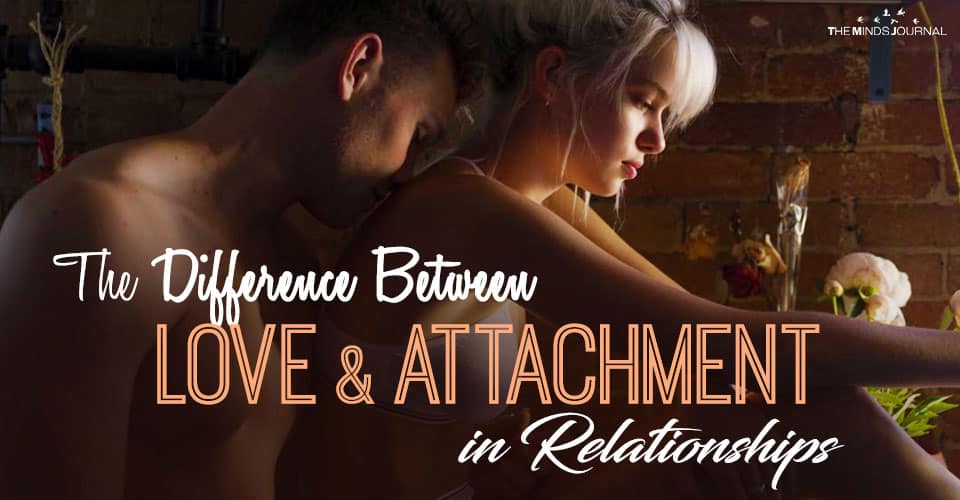
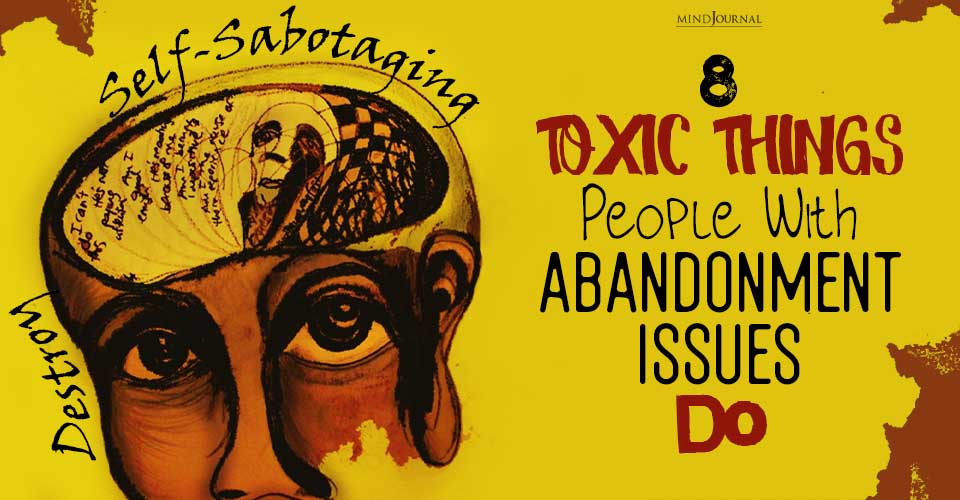
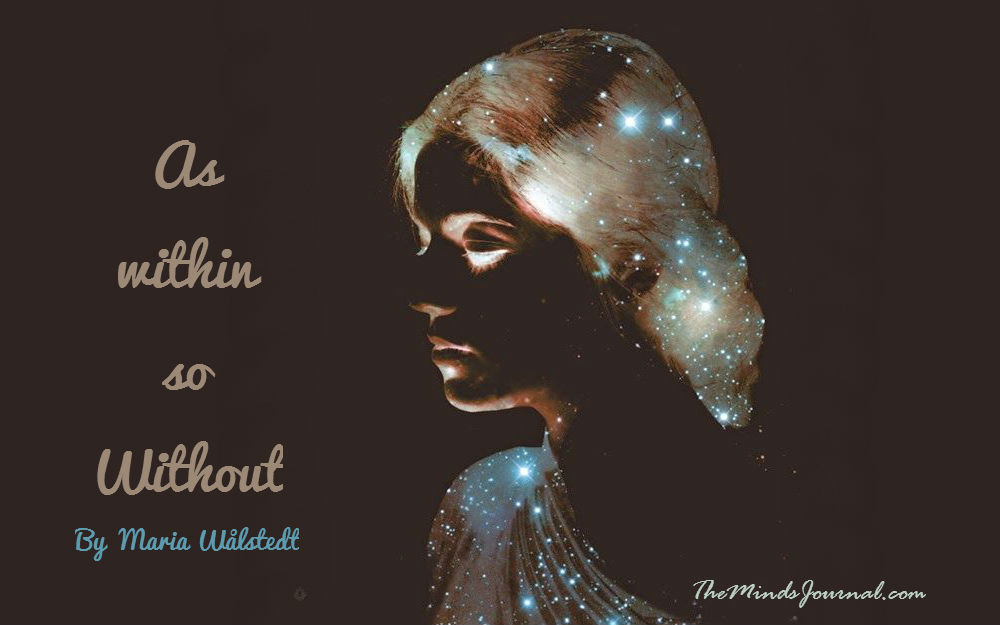
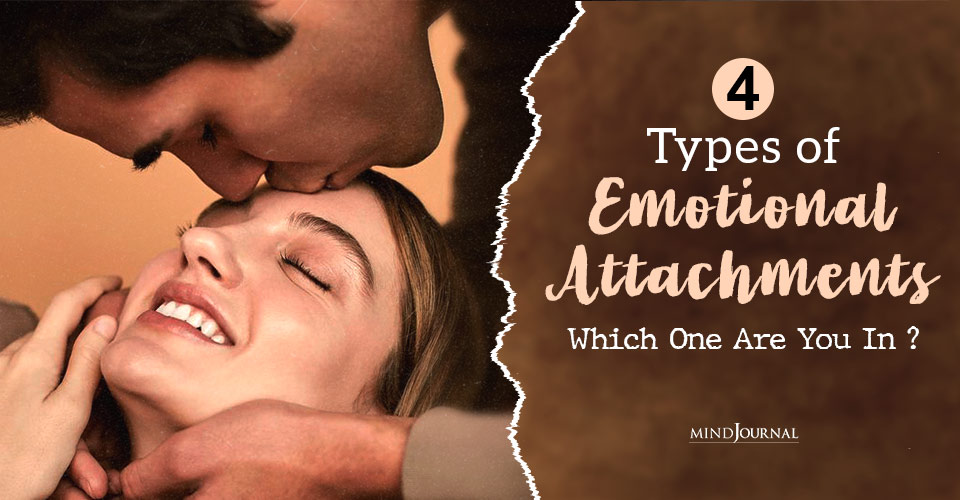
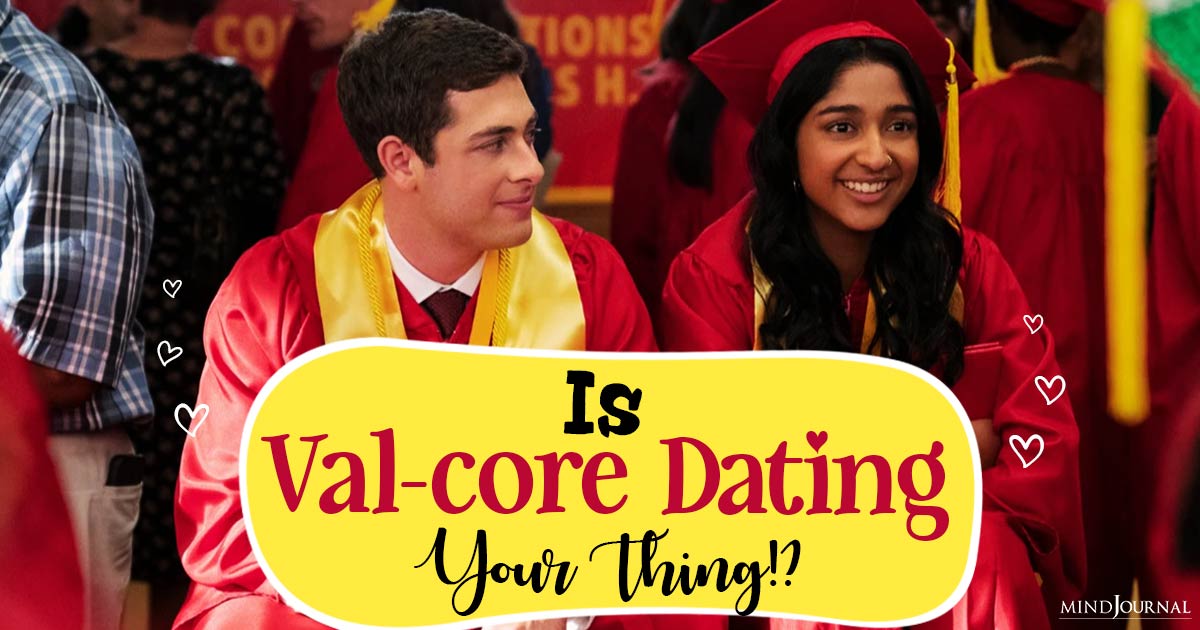

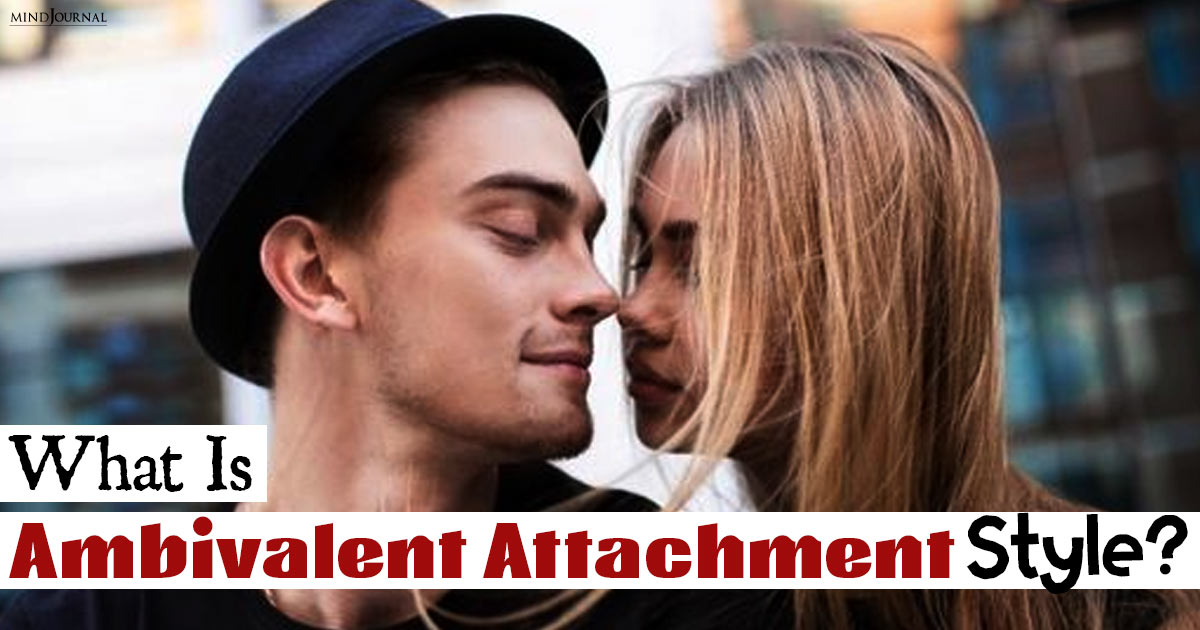
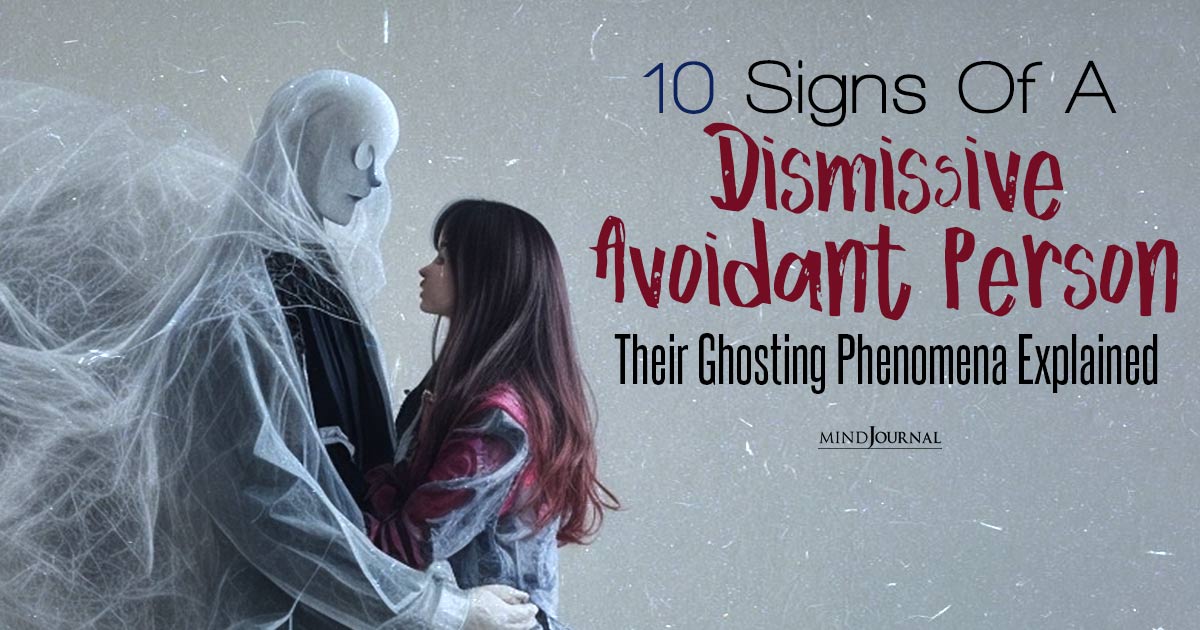
Leave a Reply